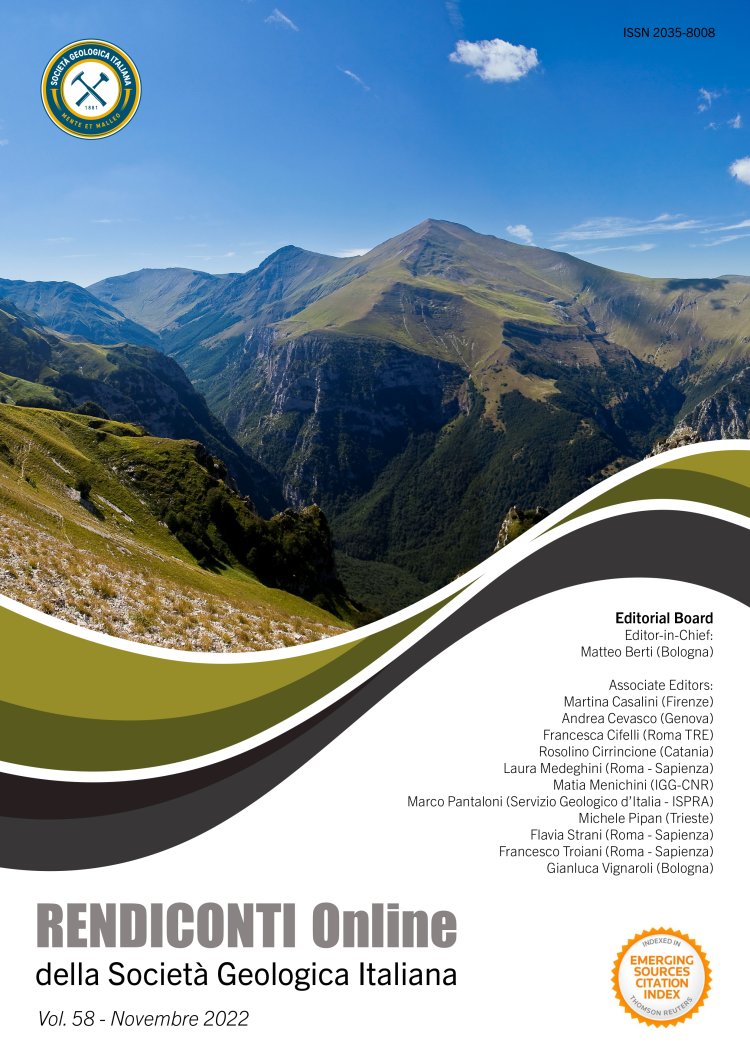
Processing the Gregorian Cadastre and the historical cartography to reconstruct the ancient hydrographic network of the Rieti Plain
Sergio Madonna1, Leonardo Murino1 & Federico Vessella1
1Università degli Studi della Tuscia - Dipartimento DAFNE Via San Camillo de Lellis SNC, 01100 VITEBO (VT).
Corresponding author e-mail: sermad@unitus.it
Volume: 58/2022
Pages: 22-27
Abstract
Historical cartography is a pivotal factor to reconstruct land use. The Gregorian Cadastre is the first attempt at a geometric-parcel cadastre of the Papal State (realised since 1820 but in force from 1835). The comparison between the Gregorian Cadastre, the first edition of the Topographic Map of Italy (1875- 1903), and its later edition (1940) allowed us to reconstruct many useful details for understanding the spatial planning of intensively anthropised lands during the 19th and 20th century.
The study case is the Rieti plain, occupied mainly by the Lacus Velinus in ancient times. Large-scale hydraulic works were made to drain the plain since Roman times, starting from the work of the Consul Curio Dentato in 271 B.C., with works that have continued up to our times. Despite these continuous reclamations, the plain is subject to high hydro-geological risk. Reconstructing the recent evolution of the hydrographic network of the Rieti plain is a potential tool to mitigate the flood risk and better understand the geology of Rieti's urban area.
Keywords
Get Full Text